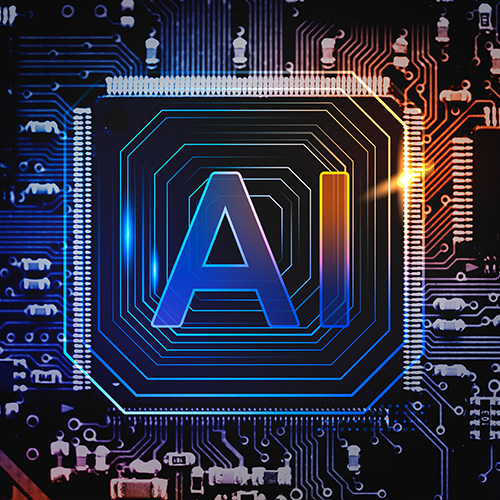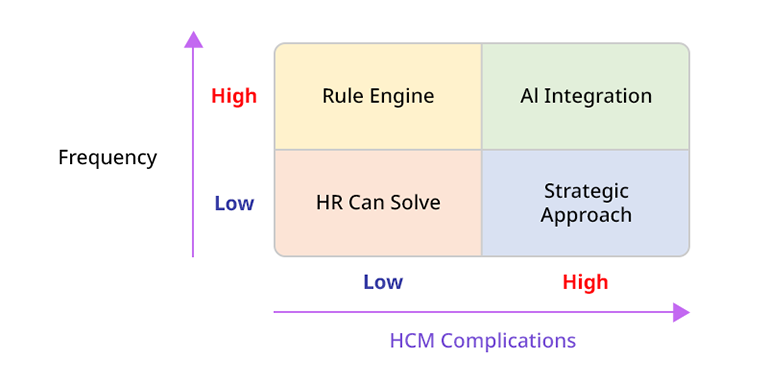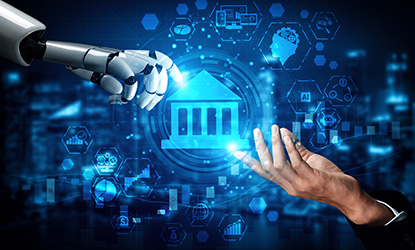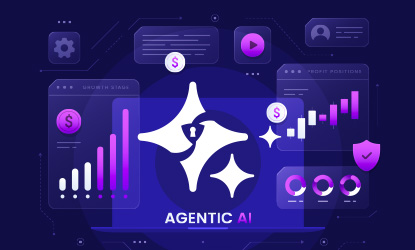The Evolution of Agentic AI: Transforming HRM & HCM for a New Era
AI revolutionizes HRM and HCM, enhancing recruitment, engagement, performance, and workforce management efficiently.
The Agentic Workspace Company

The Evolution of Agentic AI: Transforming HRM & HCM for a New Era
In recent years, Artificial Intelligence (AI) has significantly disrupted industries, and Human Resource Management (HRM) and Human Capital Management (HCM) are no exceptions.
From recruitment to performance evaluation, AI is reshaping how organizations engage with their workforce.
This blog explores the ongoing debate between Human Intelligence (HI) and Artificial Intelligence, delving into their symbiotic relationship and how "Agentic AI" promises to redefine HRM and HCM.
HI vs. AI: A Timeless Debate
Human Intelligence, with its innate capacity for imagination, empathy, and context-driven decision-making, has always been the backbone of HRM.
However, AI offers a transformative edge—automating processes, streamlining operations, and enhancing workforce management. The debate between HI and AI is not about replacement but collaboration.
As we move forward, AI and HI will work hand in hand, creating what we call "Agentic AI," where human oversight guides AI's evolution, and AI enhances organizational efficiency.
AI's Impact on HCM: Opportunities and Challenges
AI-powered tools are revolutionizing HCM by automating repetitive tasks and providing dynamic insights. Here's how AI is making a difference:
-
Recruitment and Onboarding: AI accelerates resume screening, answers candidate queries, and tailors onboarding experiences.
-
Employee Engagement: AI-driven surveys and sentiment analysis help organizations monitor morale and address concerns proactively.
-
Performance Management: Real-time feedback, goal tracking, and analytics ensure continuous improvement.
-
Learning and Development: AI facilitates adaptive learning by identifying skill gaps and offering personalized training.
-
Work-Life Balance: AI supports mental health initiatives by analyzing feedback and promoting employee well-being.
However, with great power comes responsibility. Poorly designed AI systems can introduce biases in hiring, promotions, and performance evaluations.
Additionally, AI lacks emotional intelligence, making it less effective in navigating complex human interactions and organizational culture.
Agentic AI: The Future of HRM and HCM
Agentic AI represents the ideal collaboration between AI and HI, where technology enhances human capabilities without overshadowing them.
A framework for implementing AI in HCM might look like this:
-
Low Frequency, Low Complexity: Traditional HR processes suffice.
-
Low Complexity, High Frequency: Rule-based AI applications optimize efficiency.
-
High Complexity, Low Frequency: Human intervention remains essential.
-
High Complexity, High Frequency: Advanced AI systems, like Generative AI bots, take the lead.
This quadrant model ensures that AI is applied thoughtfully, maximizing its potential while respecting human oversight.

Overcoming Challenges
To harness the full potential of AI, organizations must address key challenges:
-
Data Bias: Ensure historical data used to train AI is free from biases.
-
Algorithm Bias: Develop algorithms that weigh diverse patterns equitably.
-
Human Oversight: Train decision-makers to interpret AI recommendations responsibly.
AI is undeniably a transformative force in HRM and HCM, simplifying processes and enriching employee experiences.
Yet, it is not without challenges.
A balanced approach - anchored in ethical principles, transparency, and respect for human dignity - is essential.
As we navigate this era of technological advancement, the next wave of "Agentic AI" will challenge the boundaries of human-like intelligence.
By fueling critical areas like predictive analytics and performance reviews, AI can become an indispensable ally in HCM.
However, the success of this partnership hinges on thoughtful design, continuous monitoring, and the harmonious integration of HI and AI.
Stay tuned for our upcoming blog
Where we will dive deeper into the applications and impact of Agentic AI on HCM.



